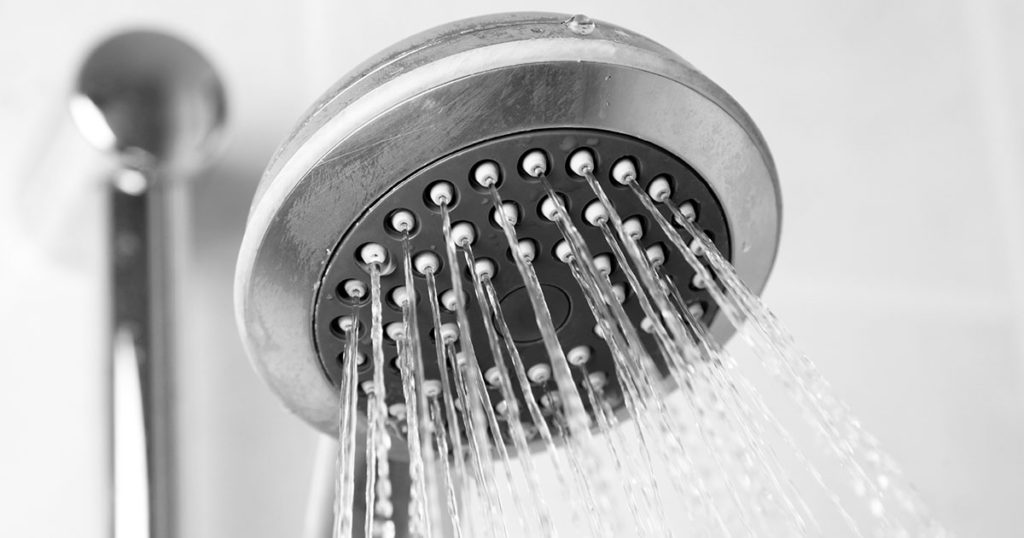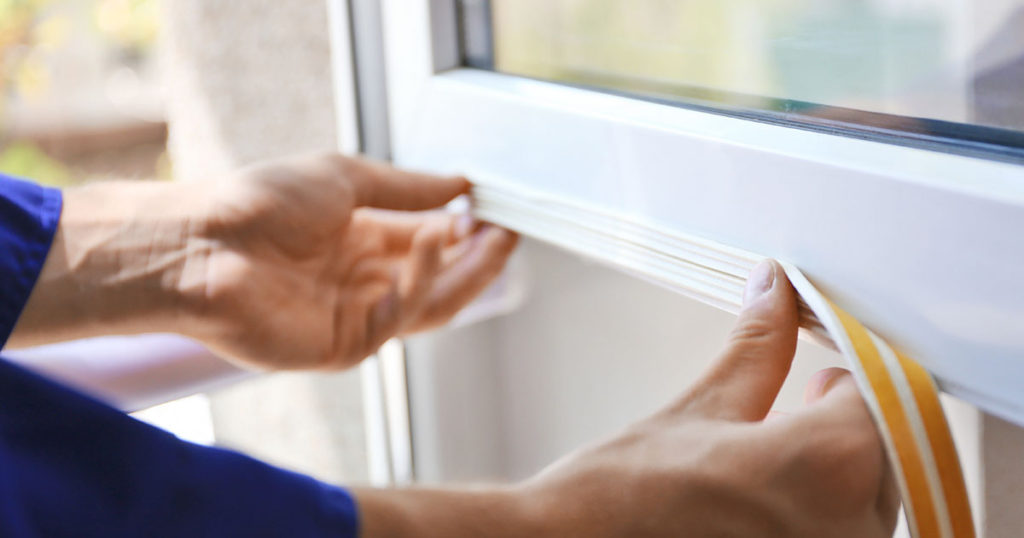How To Save On Utilities
A family budget can expand and contract over the seasons to cover utility bills. Heating, cooling, power, lights, and water all add up, whether in summer heat or winter chill, and a typical American family spends more than $1,400 per year to keep itself in comfort.
But did you know that there are plenty of cheap and easy tasks that you can do at home to cut your power and water bills year-round, without much effort or expense? For your convenience, Empeople has collected a handful of practical tips and tricks for homeowners to help bring down utility bills in unexpected ways.
Water

There are more than 50,000 different water utility districts in America, with varying regional, state, and federal authority levels. On average, households pay around $70 per month for what the Environmental Protection Agency says is an average of 300 gallons per family, per day. At a rate of about $1.50 per 1,000 gallons, or less than a penny per gallon.
But none of that is an excuse to let your leaky sink taps, toilets, and radiators drip and drain with no regard for the expense. This is why the first step to saving money on your water bill is to inspect and tighten your fixtures at home.
You should be able to fix most leaky faucets, toilets, and dishwashers yourself and stop the loss of up to 20 gallons per day from each leak. Likewise, the purchase and installation of a low-flush commode in your bathroom can save 2-5 gallons per use, while the addition of simple aerators to all your household water faucets, around $1.00 each, can reduce excess flow by 17-27 gallons per day.
Another low-cost fix is a low-flow shower head, which, if installed correctly, should fill a gallon bucket in about 24 seconds, delivering the current industry standard of 2.5 gallons per minute at a comfortable pressure of around 80 psi.
Some years ago, the standard was between five and eight gallons per minute, filling a gallon bucket in under 10 seconds.
If that’s not enough water efficiency to convince you, then wait until you see the cash savings available when you update your washing machine with an Energy Star appliance.
Using this safe and handy Energy Star Product Finder website, household consumers can quickly find out which washing machines will save up to 20-30 gallons of water per load and then aim for an upgrade that eventually winds up paying for itself.
Meanwhile, your hot water heater has a temperature adjustment setting that should allow you to lower its automatic regulator from 140 degrees to 120. By doing so, warm water users can cut up to 10 percent off the heating bill with just a turn of the dial.
Vacation settings that allow you to dial your boiler down for weeks while you are gone are yet another sure-fire money saver, and in some cases, cut bills up to as much as $60 per year.
Finally, for a completely upside-down tip to saving water, consider your shower habits and your dishwasher.
A quick, no-nonsense ‘camp shower,’ with the water turned off while you soap and scrub, trimming two minutes total from your shower time, can save as much as five gallons per minute.
And if your pile of dishes takes more than six minutes of hand washing under a running sink faucet, then you’re probably better off sticking the family’s forks, knives, cups, and plates in the dishwasher and running a full load.
Power and Lights

America’s 3,000+ energy utilities power the country with a combination of natural gas (38 percent), coal (23 percent), nuclear (20 percent), renewables (11 percent), and hydro (7 percent), and provide power and lights to residents and households for an average cost of around $115 per month, according to the U.S. Energy Information Administration.
One of the easiest tips for lower power bills is to ask your electricity provider about discounted rates. Some companies give discounts for going paperless. Others might provide you rebates based on any energy-saving home improvements you do. Some even provide savings for using electricity during off-peak hours.
Another easy tip, one we’ve already mentioned, is to upgrade to Energy Star appliances. However, it’s just not practical for most folks to buy a brand new refrigerator for its electricity savings of around $70 per year, so we recommend adjusting the temperature to approximately 38 degrees in the old, functioning fridge for the best combination of cheap and chill.
To save money on your current freezer, however, the cheapest fix possible is to stock it as full as you can, rather than leave empty spaces, and let the frozen items in storage hold in the cold.
But the truly voracious monsters in America’s energy-gobbling homes are none other than incandescent light bulbs. By swapping out your old bulbs to compact fluorescent lamps (CFL) or light-emitting diodes (LED), you can typically offset the low upfront costs with overall energy savings in just nine months.
CFLs work for around 8,000 hours, using about 20 percent of the electricity of similar incandescents and their 2,000-hour average lifespan. On the other hand, LEDs cost more to buy but use about 25 percent of what it takes to light up an incandescent bulb and can last 25 times as long.
Check out this online calculator to compute what a complete light bulb replacement could save you in monthly utility payments at your home.
Lastly, just implementing a few efficient personal habits can go a long way to cut electricity costs in a household budget.
Making a solid practice of switching off the lights you aren’t using can save hundreds of dollars per year, while actively seeking out “phantom energy” use. Typically, the charging units for phones, batteries, laptops, and other personal devices – can cut up to a quarter from your annual energy costs.
Imagine the savings as your energy bill could drop by up to $75 per year just because you put your computer on standby and put your charger on a power strip that you switch off when the phone battery is full.
Final Checks

Finally, here are a few low-cost do-it-yourself projects that can help tie your energy-saving efforts together. With minimal expense and just a little elbow grease, your tiny home-hacks will add up to a more significant discount on your monthly utilities and a much more comfortable house.
When the wind blows outside, does it also blow inside? Are your windows rattling and whistling on windy days? Do doors seal shut around the floor and hinges? How about the damper on your fireplace?
Sealing leaks around doors, windows, and joints with adhesive weather stripping and lining the holes around plumbing, air ducts, and wiring with caulk will cost you around $20 in materials. Still, it could wind up saving you as much as 20 percent on your electricity bill.
Ceiling fans not only cool down your central rooms on hot days, they can also recirculate warm air on cold days and make a cold room feel less chilly.
On average, it costs an energy consumer about 70 cents to wash and dry one load of laundry. Savvy homeowners know, however, that a $2 clothesline in the back yard makes towels, sheets and jeans just as dry and wearable as an electric dryer. And in winter, a $10 expandable clothes rack set up next to the heater will get all your socks dry overnight.Finally, if you have more than one pet or if anyone in your household has allergies, then most professionals recommend changing the air filter in your heating and cooling system at least once a month. To keep the machine running as efficiently as possible, suburban homes with no pets and no allergies can stretch a filter’s lifespan out to 90 days.



